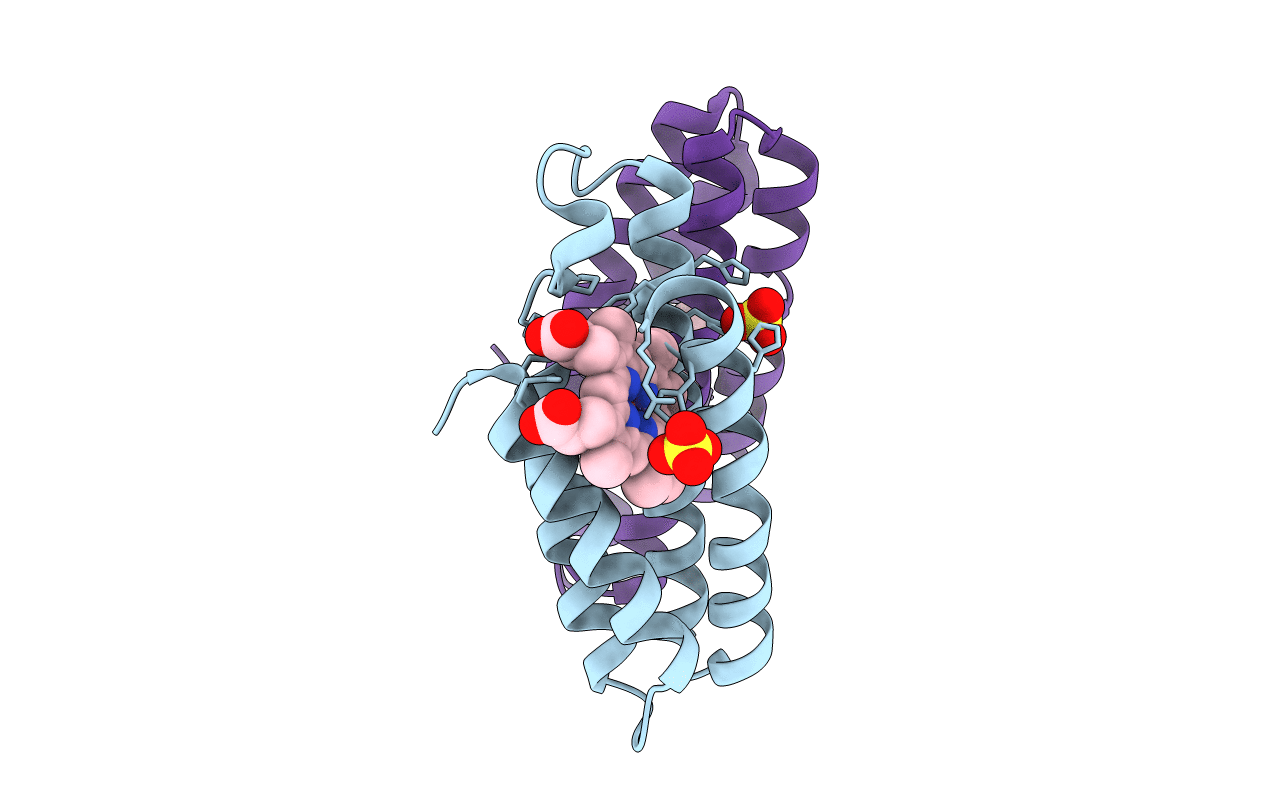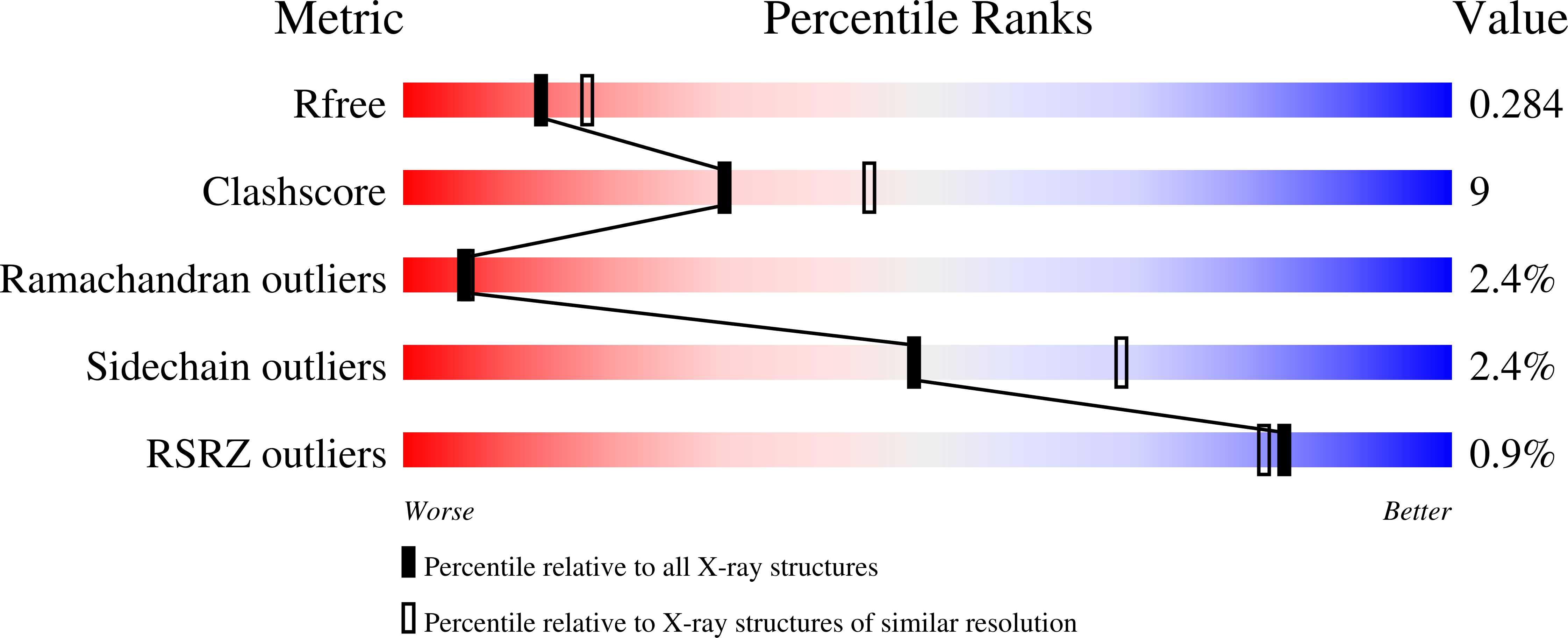
Deposition Date
2022-07-21
Release Date
2022-10-12
Last Version Date
2024-12-25
Entry Detail
PDB ID:
8DRJ
Keywords:
Title:
Apo B2 dimer (H60/H100/H104) formed in the presence of Cu(II)
Biological Source:
Source Organism:
Escherichia coli (Taxon ID: 562)
Host Organism:
Method Details:
Experimental Method:
Resolution:
2.40 Å
R-Value Free:
0.28
R-Value Work:
0.19
R-Value Observed:
0.20
Space Group:
C 1 2 1


